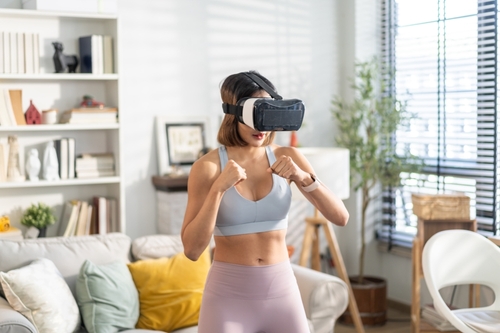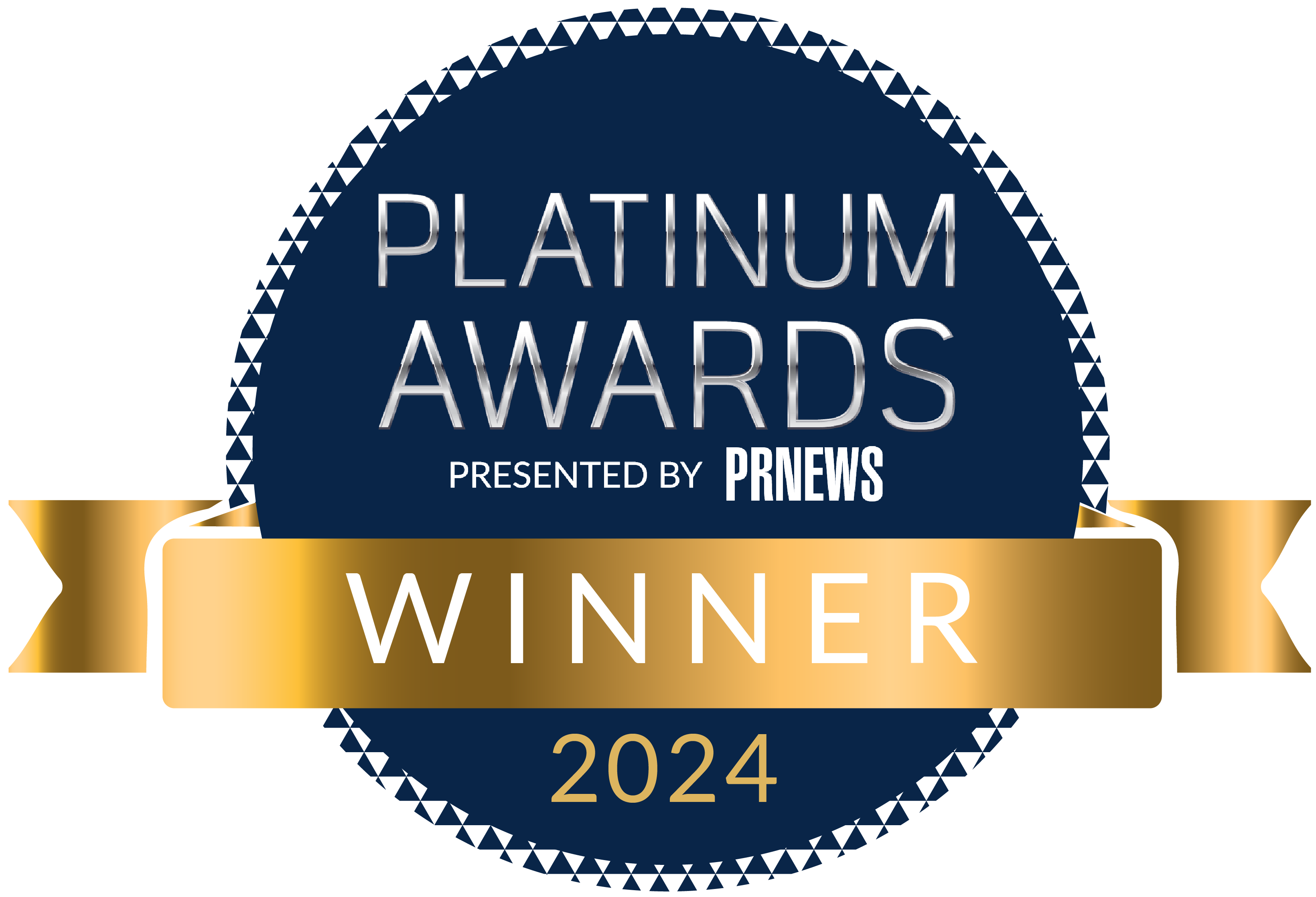With the growing popularity of connected and personalized fitness technologies like Peloton, Tonal, and others, we have seen a rise in health tech PR stories showcasing the AI, robotics, and innovative apps that are transforming both physical and mental well-being. From AI-powered mental health support to robotic therapies and personalized wellness solutions, these advancements are reshaping how we approach self-care. This health tech PR news round-up highlights the key breakthroughs that are defining the future of personal wellness and fitness.
Growl’s interactive bag lets you punch your boxing trainer in the face – The Verge
Growl is a startup launching a wall-mounted fitness device that uses a combination of projectors and sensors to give you a life-size boxing coach to train with. Unlike similar interactive trainers such as the Lululemon Mirror or Tonal, the Growl encourages physical interactivity with its screen that doubles as a punching bag you can actually hit.
AI meets employee wellness: Kyan Health lifts $16.7M to tackle absenteeism and boost performance – Tech Funding News
Despite employers collectively spending over $94B annually on workplace wellness programmes, many continue to struggle with absenteeism, turnover, and presenteeism. The reactive nature of most solutions has left businesses unable to prevent or measure the impact of mental health challenges on productivity.
“Mental health isn’t a fluffy perk—it’s the backbone of a thriving workforce,” said Vlad Gheorghiu, CEO and Co-Founder of Kyan Health. “When I struggled personally, and later when I led a global mental health programme, I saw firsthand how inadequate the tools were to address real challenges. This investment is about changing that—creating the tools I wish had existed, making mental health measurable, and giving organisations the power to act before crises hit.”
Robotic Shorts Help People With Limited Mobility Walk and Jog – Tomorrow’s World Today
“It is particularly important for older people to feel safe,” said Masia. The researchers believe the robotic shorts can positively impact the older population, who may not be able to get out very long, if at all. Their ultimate goal is for WalkON to get that community of people more mobile and independent.
Masia sees older people and people with weak hearts and lungs as a target group for development. “Walking helps them to improve their metabolism, which in turn may have a positive effect on their illness,” Masia said.
7 Healthcare Trends That Will Transform Medicine In 2025 – Forbes
Implantable devices such as brain-computer interfaces (BCIs) represent the next generation of wearable health-tech devices. Even if you’re not quite ready to start plugging chips into your cerebral cortex, you can expect to see growing discussion, excitement and hype around the topic in 2025. From chronic pain management to epilepsy and paralysis, this technology is showing promise for solving a number of healthcare challenges that negatively impact the lives of millions of people. However it also raises many ethical questions – such as who owns the data generated by our brains?
What is the future of wellness? – McKinsey & Company
Health is wealth, for all of us—and increasingly, for organizations that operate in the wellness space. The business of health is thriving. According to McKinsey’s latest Future of Wellness research, which surveyed more than 5,000 consumers in China, the United Kingdom, and the United States, the global consumer wellness market has reached $1.8 trillion per year. In the United States, the wellness market is growing as much as 10 percent per year and is now worth $480 billion. Eighty-two percent of US consumers now consider wellness a top or important priority in their everyday lives—similar to the 87 percent and 73 percent who say so in China and the United Kingdom, respectively. “We knew that consumers were increasingly treating wellness as a priority,” says McKinsey partner Anna Pione. “What surprised us and continues to surprise us every year is how much of a priority it is.”
Revolutionizing Sober Living in 2024: Embracing Wellness, Technology, and Community – Inscribe
Technology has now become a significant part of sober living. The tools range from recovery apps to teletherapy services. Apps like SoberGrid connect users with peers for support, while others track emotional states and make suggestions during high-risk moments. Virtual meetings mean residents can engage in 12-step programs or therapy sessions without having to leave the home. In this way, support is accessible even to the most remote areas.
Meet the Advanced Robotic Avatar for Next-Gen Elderly Care– Tomorrow’s World Today
Meet the latest version of the assistive robot Robody, developed by robotics startup Devanthro. It’s the newest generation of telepresence robots, specifically designed to provide at-home care for the elderly. Robody’s latest redesign has an all-new torso, arms, and full hardware updates.
Robody’s duties include meal preparation, pill administration, and finding and retrieving items. The robot is also capable of engaging in meaningful conversations. Devanthro aims to supply homes with teleoperated robots to meet the rising demand for 24/7 elderly care. A demand for care leads to significant costs.
A recent report estimates that 1.3 million hospital visits could be avoided annually in Germany alone with appropriate at-home care. Most cases are simple fixes, like a patient’s lack of drinking water leading to dehydration.
Do you represent a health tech company?
FischTank PR is a technology-focused PR firm that helps brands grow awareness and reach targeted audiences through proactive media outreach. If you’re interested in driving more visibility for your company with a tailored health tech PR, reach out to us at [email protected].
***News roundup guest post from FischTank PR intern Kaylee Seitz***




